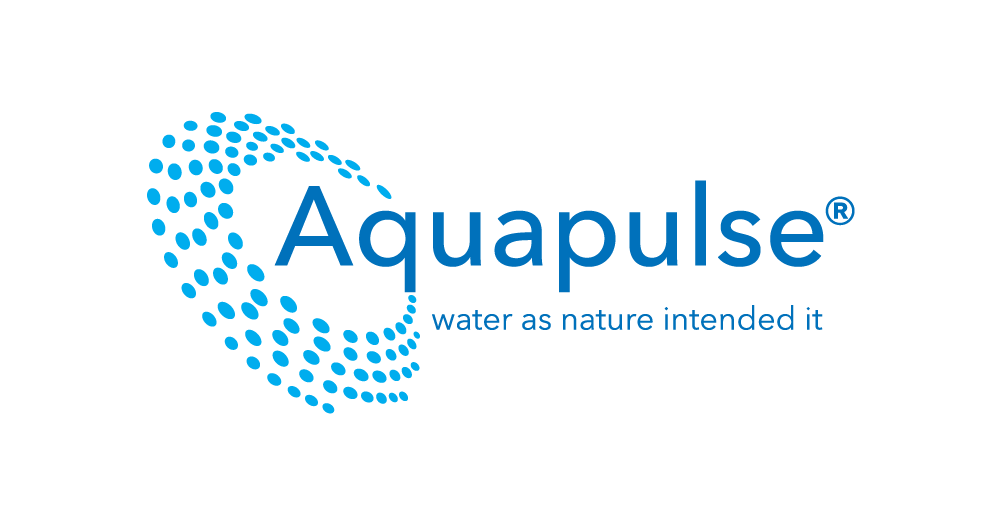There can be several problems related to drinking water in poultry farming. Here are a few common issues:
Water Quality: Poor water quality can have a significant impact on poultry health and performance. Contaminated or dirty water can contain bacteria, viruses, parasites, and toxins that can cause diseases and reduce flock productivity. Common contaminants include excess minerals, organic matter, chemicals, and high bacterial levels.
Waterborne Diseases: Contaminated drinking water can introduce various diseases to the poultry flock. Pathogens like Salmonella, Campylobacter, E. coli, and others can spread through water, leading to digestive disorders, decreased feed intake, poor growth, and increased mortality.
Biofilm Formation: Biofilms are slimy layers that can form on the inside of water lines and drinking equipment. These biofilms consist of bacteria, algae, and organic matter, creating a favourable environment for the growth and multiplication of harmful pathogens. Biofilms can obstruct water flow, reduce water quality, and increase the risk of disease transmission.
Water Availability and Accessibility: Insufficient water supply or limited access to water can cause dehydration and stress in poultry. Inadequate water availability can lead to reduced feed consumption, poor digestion, impaired nutrient absorption, and decreased egg production.
Inadequate Water Pressure: Insufficient water pressure can result in inadequate water distribution throughout the poultry house. This can lead to uneven water access for birds, causing some to be deprived of water while others have excess water, leading to competition, stress, and reduced flock performance.
Equipment Malfunction: Issues with drinking water equipment, such as malfunctioning water lines, leaking nipples, or clogged drinkers, can restrict water flow or contaminate the water supply. This can lead to uneven water distribution, water wastage, and unsanitary conditions.

